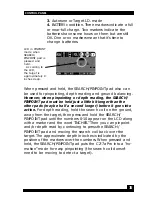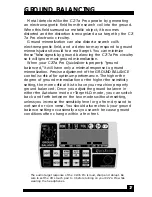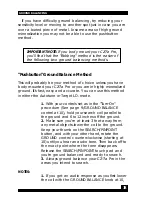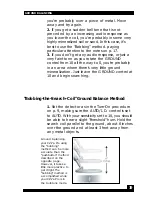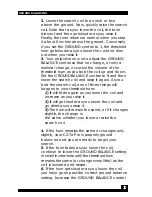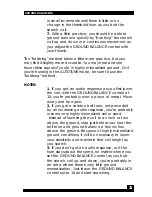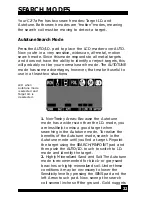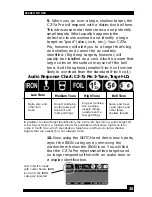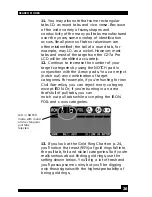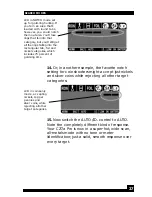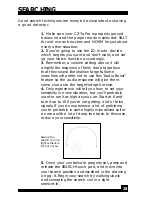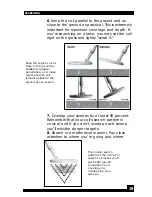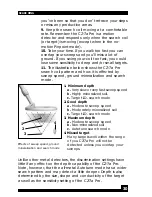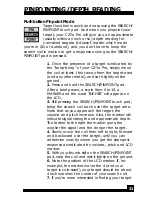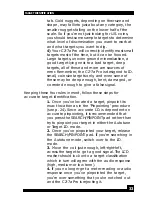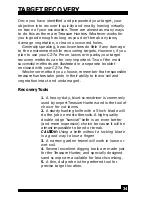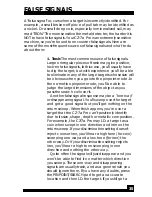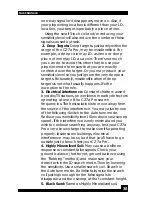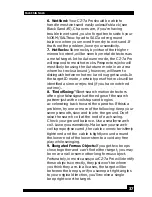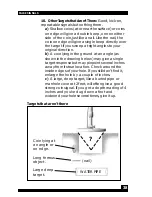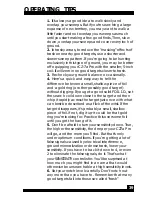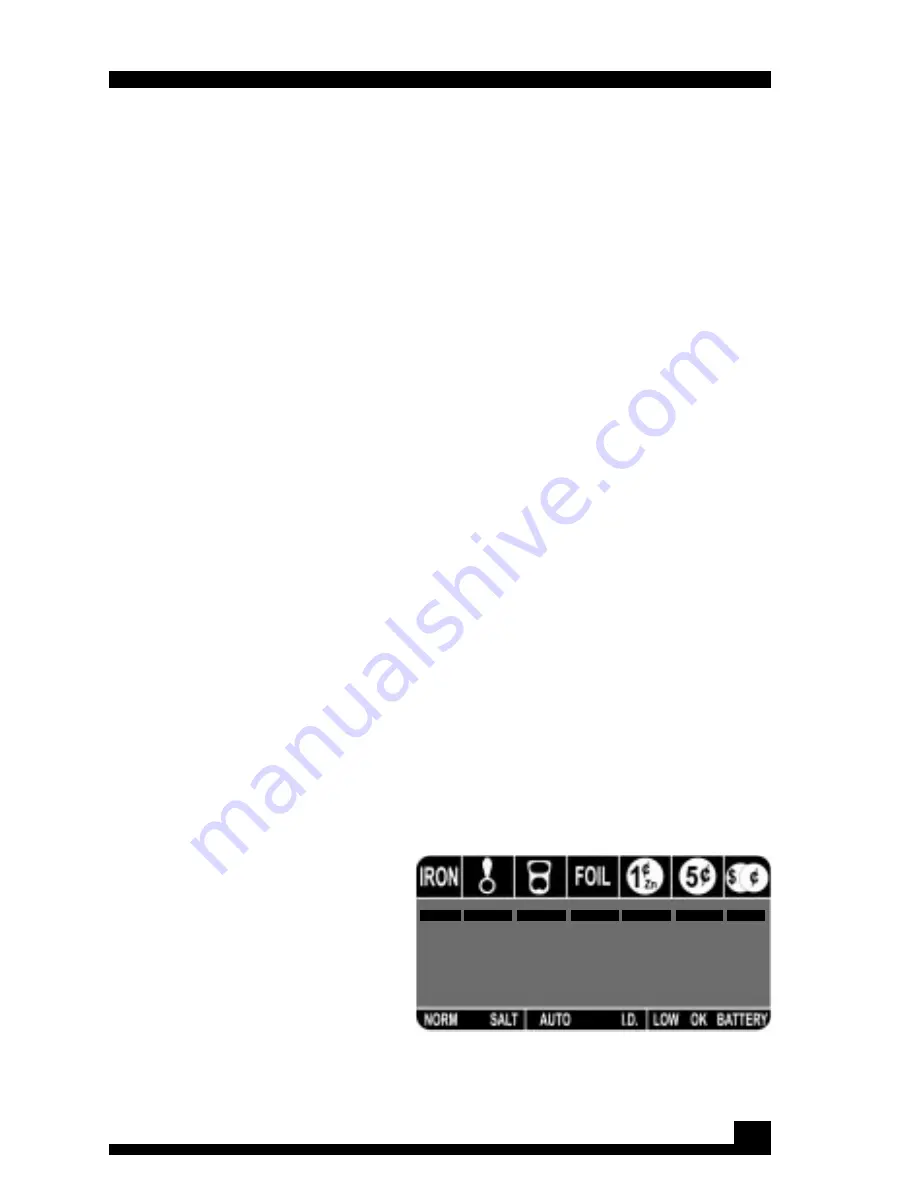
pennies will also be correctly classified. Silver
coins, copper coins, and the newer clad coins
will I. D. on the highest category.
6.
Note that an elongated ferrous object such as
a nail will give you a double "beep" as you cross
it from end to end and a single "beep" if you cross
its center.
7.
Most silver rings will I.D. at the highest end of
the scale. If you have enough gold rings you will
note that most of them fall in the pull tab, foil and
nickel categories. This is because the
combination of size, shape and conductivity of a
particular ring will almost always add up to a
target that is electronically identical to either a
piece of foil, pull tab or nickel. Most metal
detectors have a difficult time separating gold
rings, nickels, tabs and foil. But the patented
circuitry of your CZ-7a Pro can easily tell the
difference between nickels and most trash.
Better yet, it will allow you to find many types of
gold rings while completely ignoring at least
some type of pull tabs and small pieces of foil.
8.
Note also the different audio responses from
the CZ-7a Pro: an iron target will give you a low
tone, tabs and foil a medium tone and coins a
high tone. Take a look at the Audio Response
chart on the next page.
SEARCH MODES
Its a sad-but-true fact that most gold
rings look just like a piece of foil or pull
tab to a metal detector. But all is not
lost, as shown by this CZ-7a Pro I.D.
display and a sampling of 255 gold
rings. The percentages represent the
number of gold rings I.D: ed in each
target category.
0
%
20
%
29
%
36
%
4
%
10
%
2
%
24






